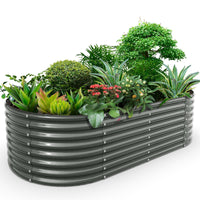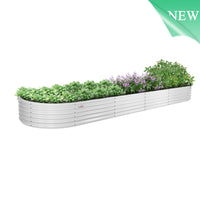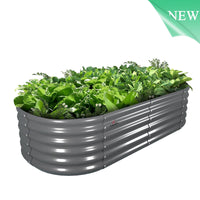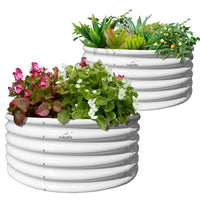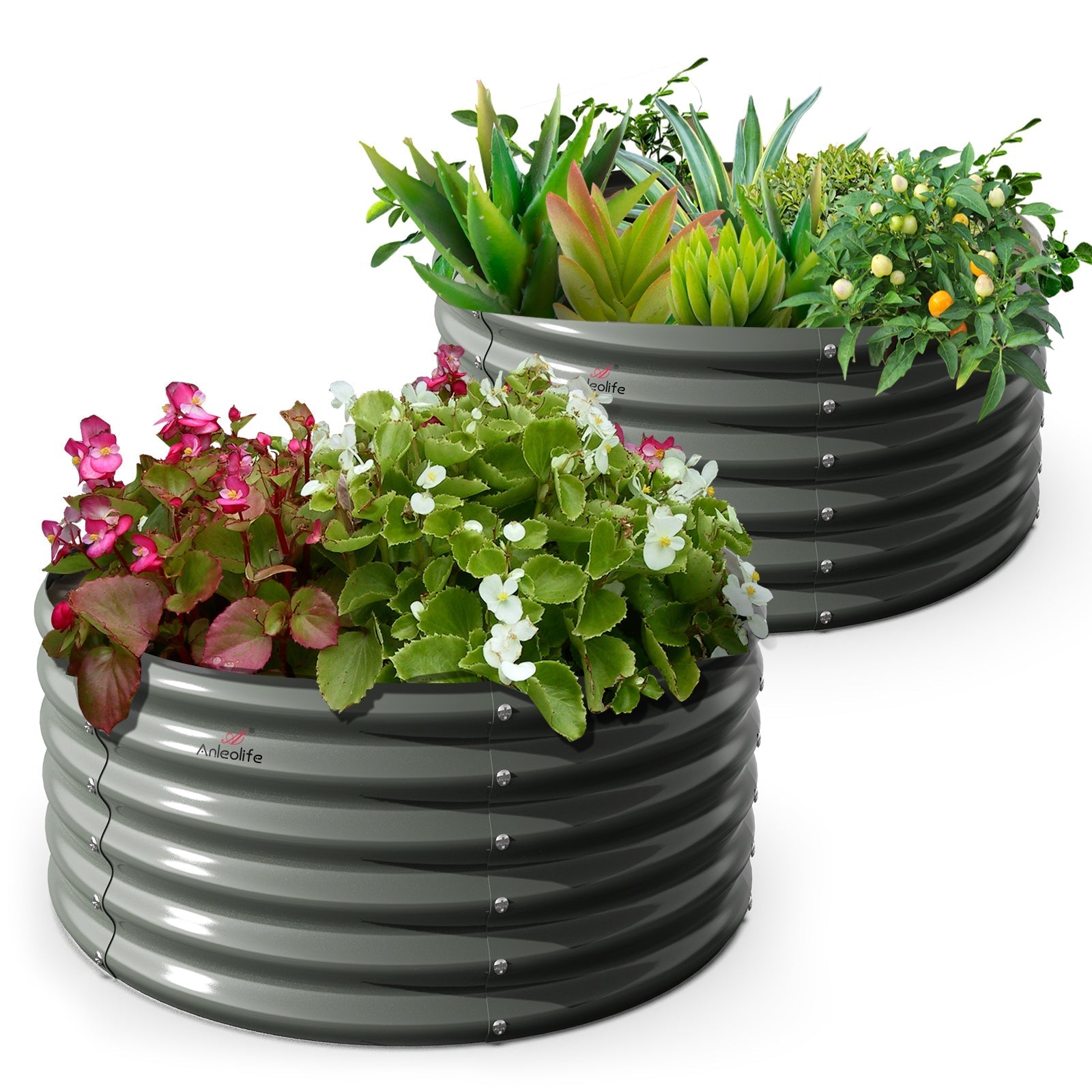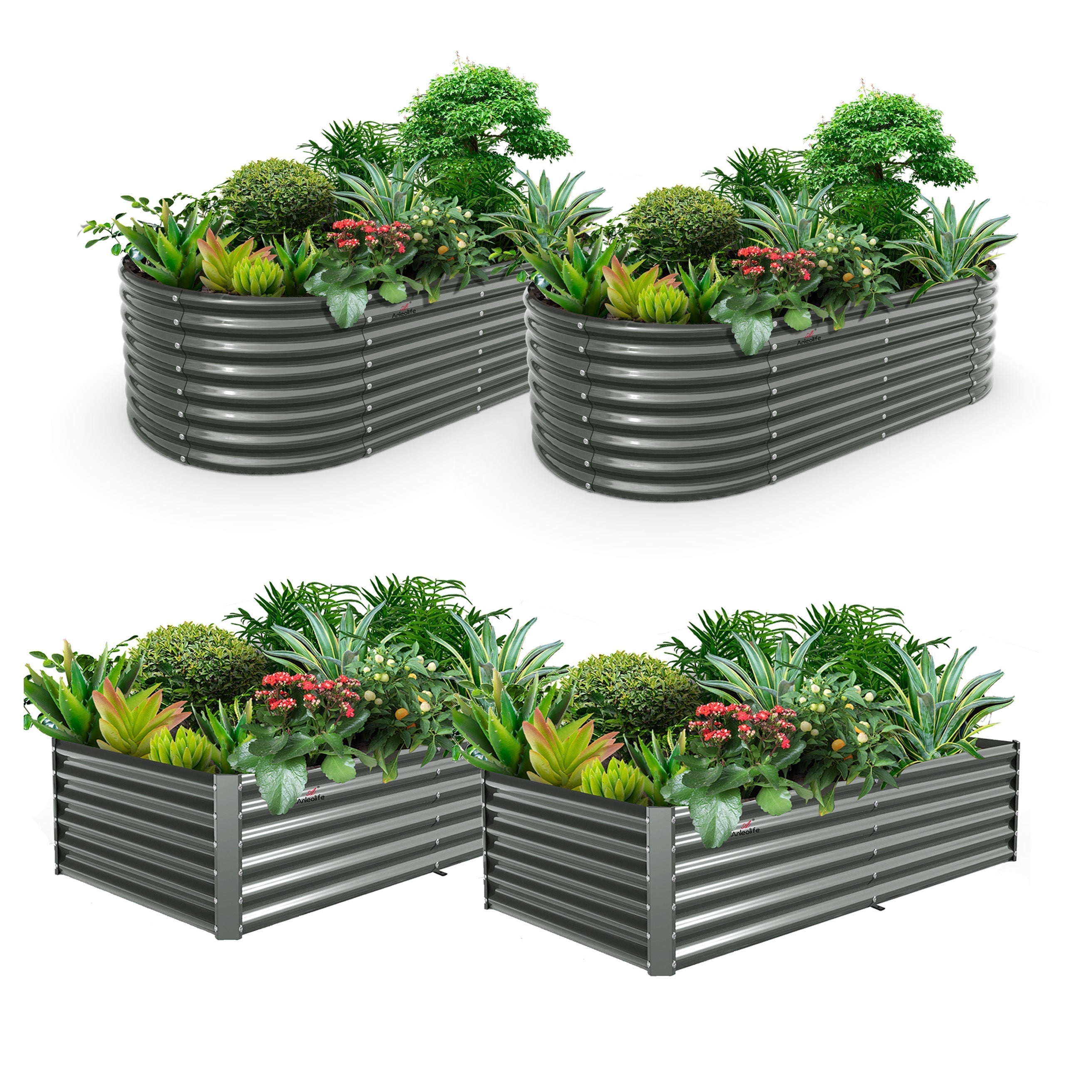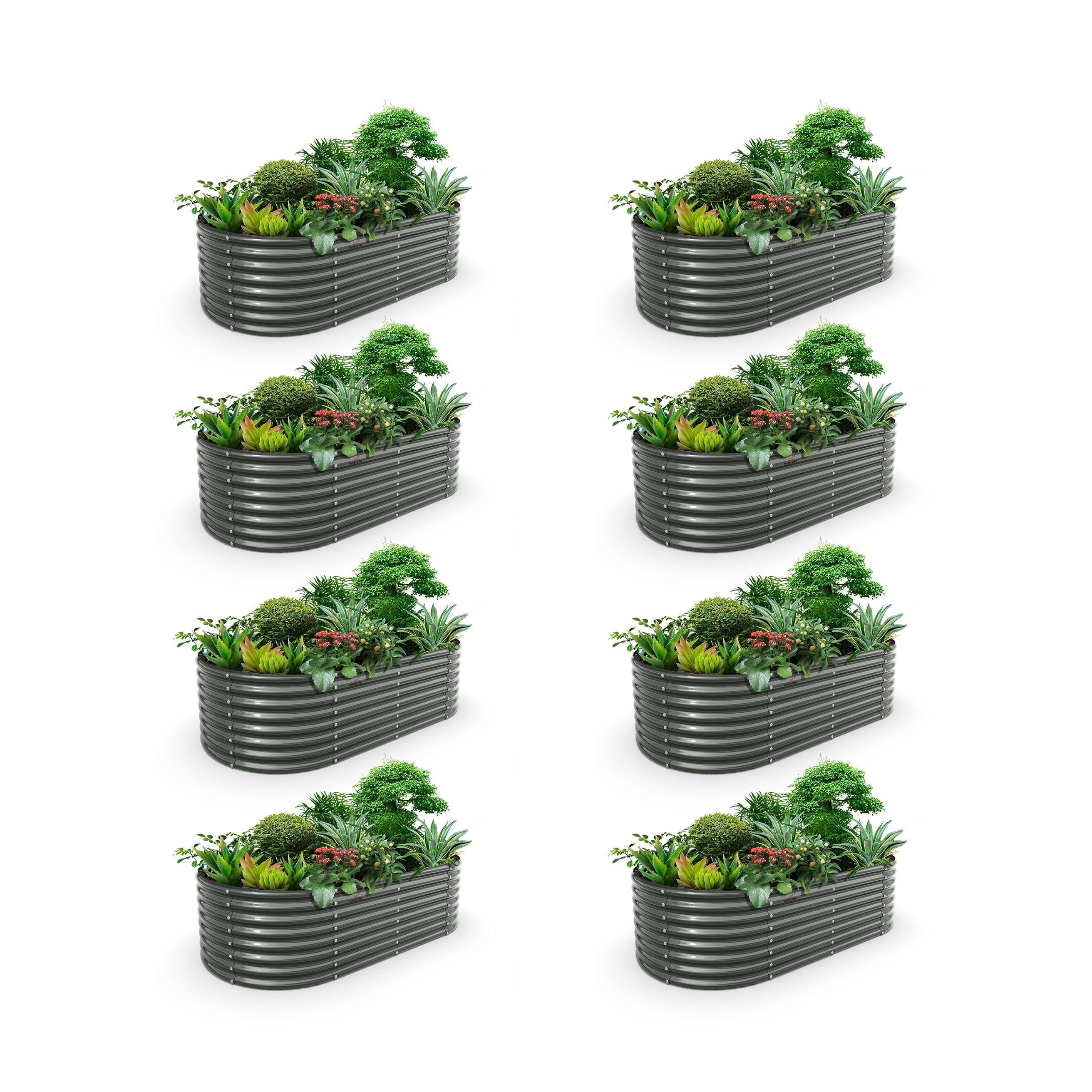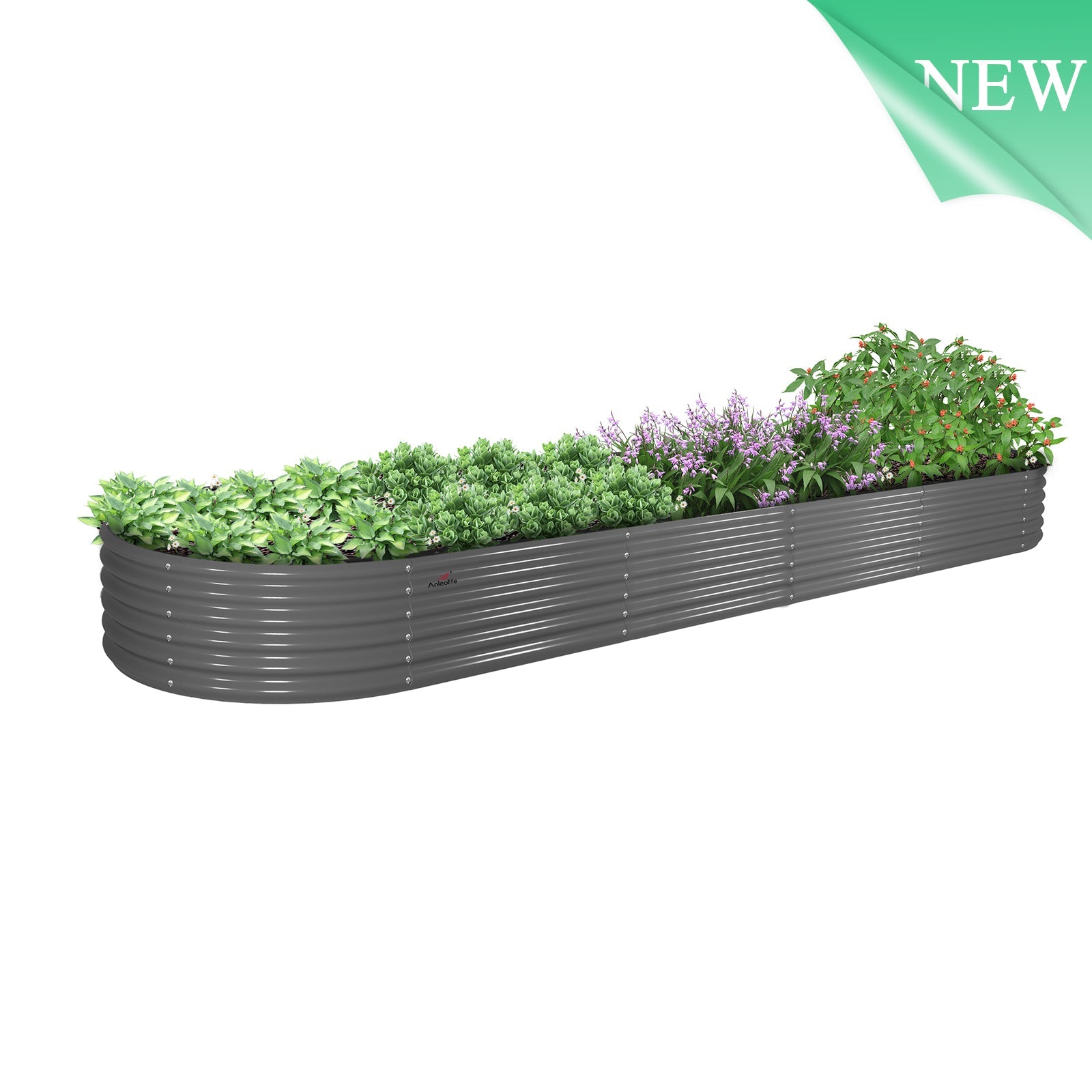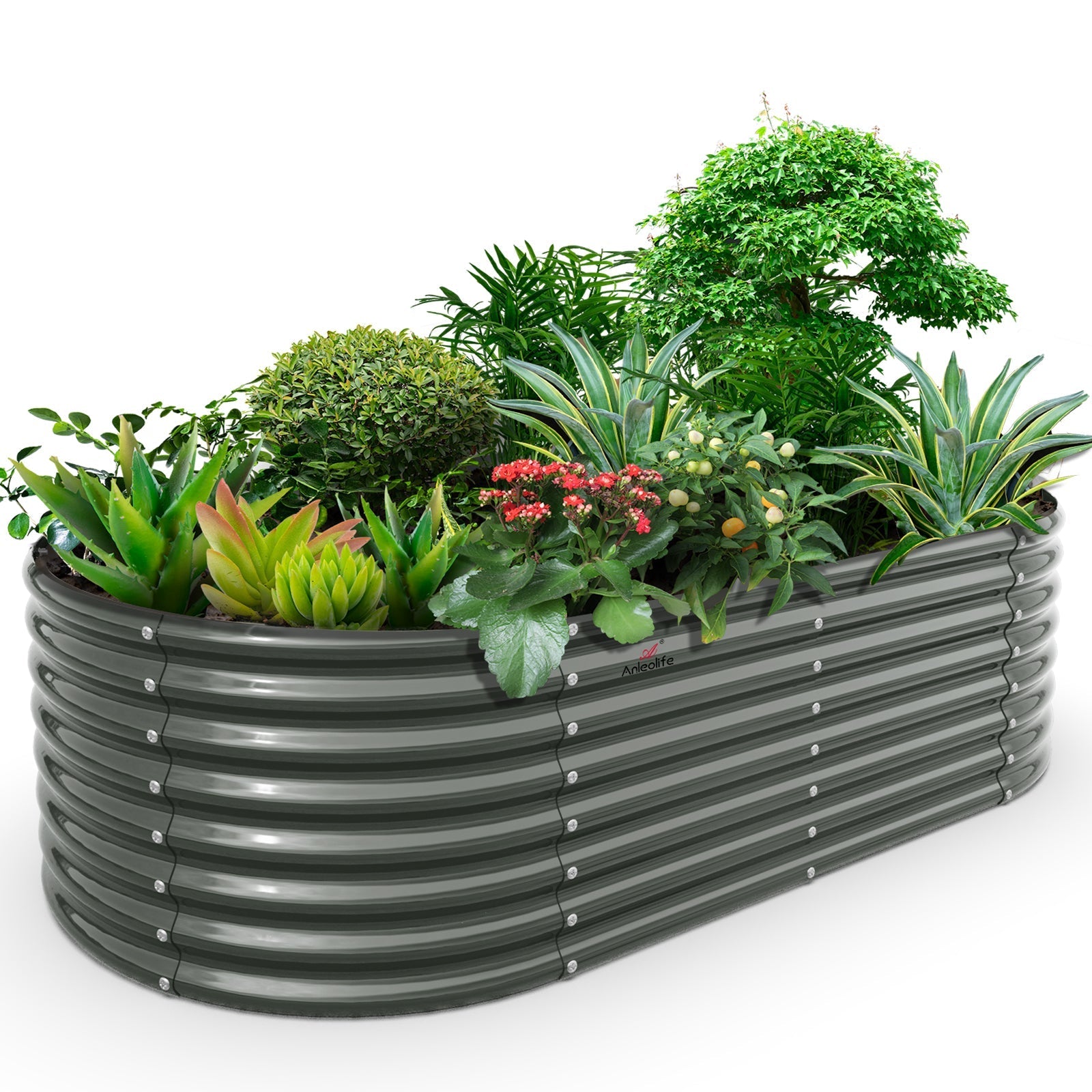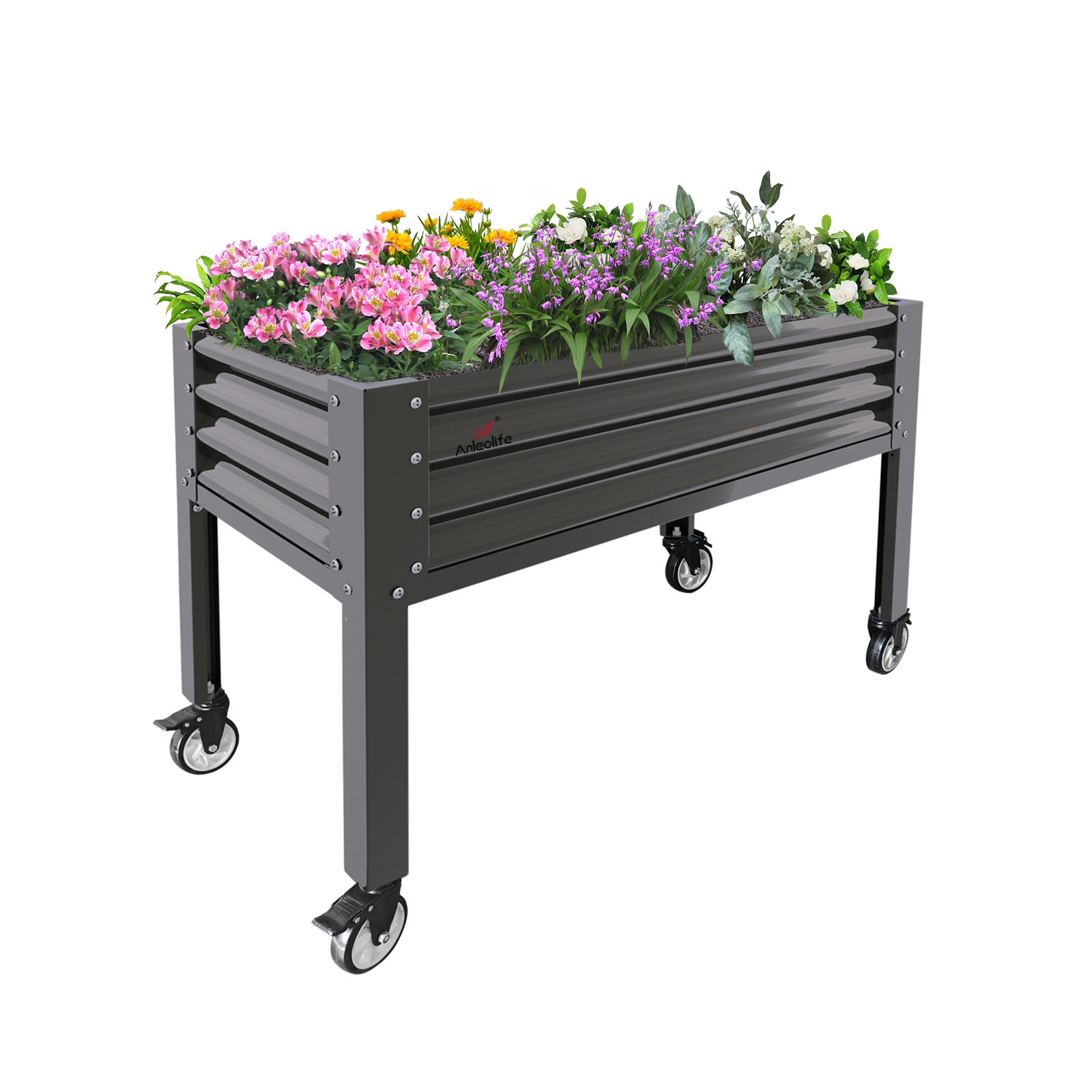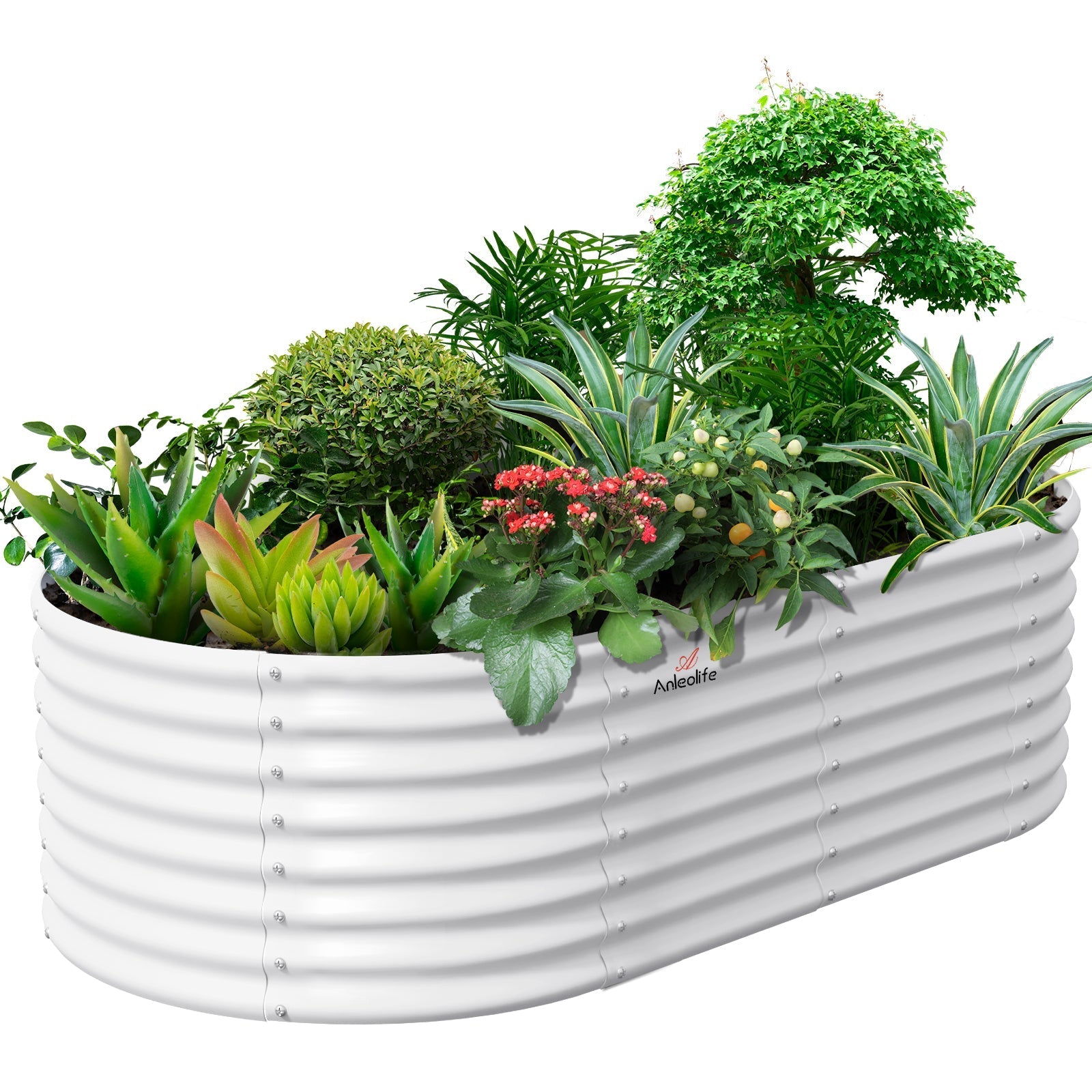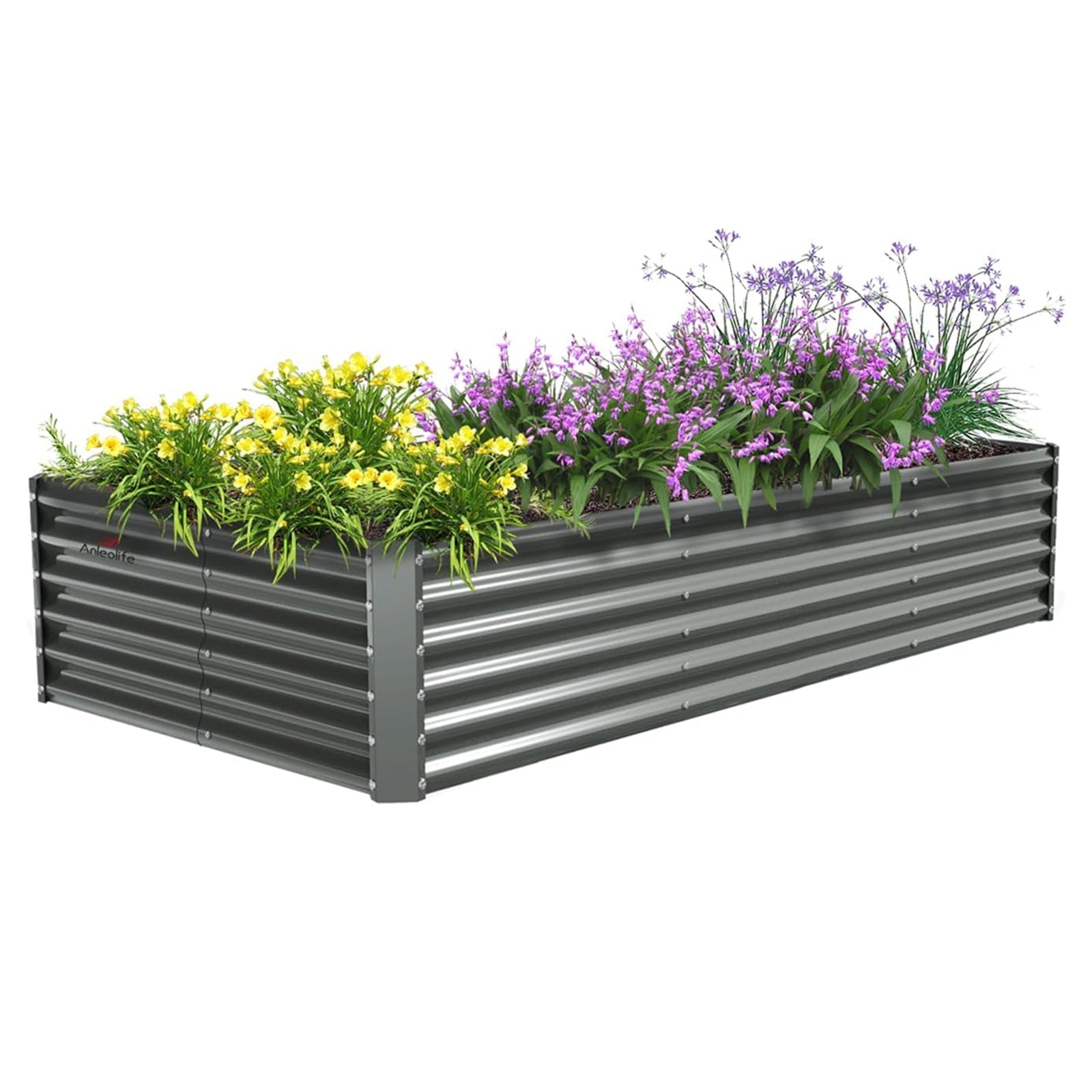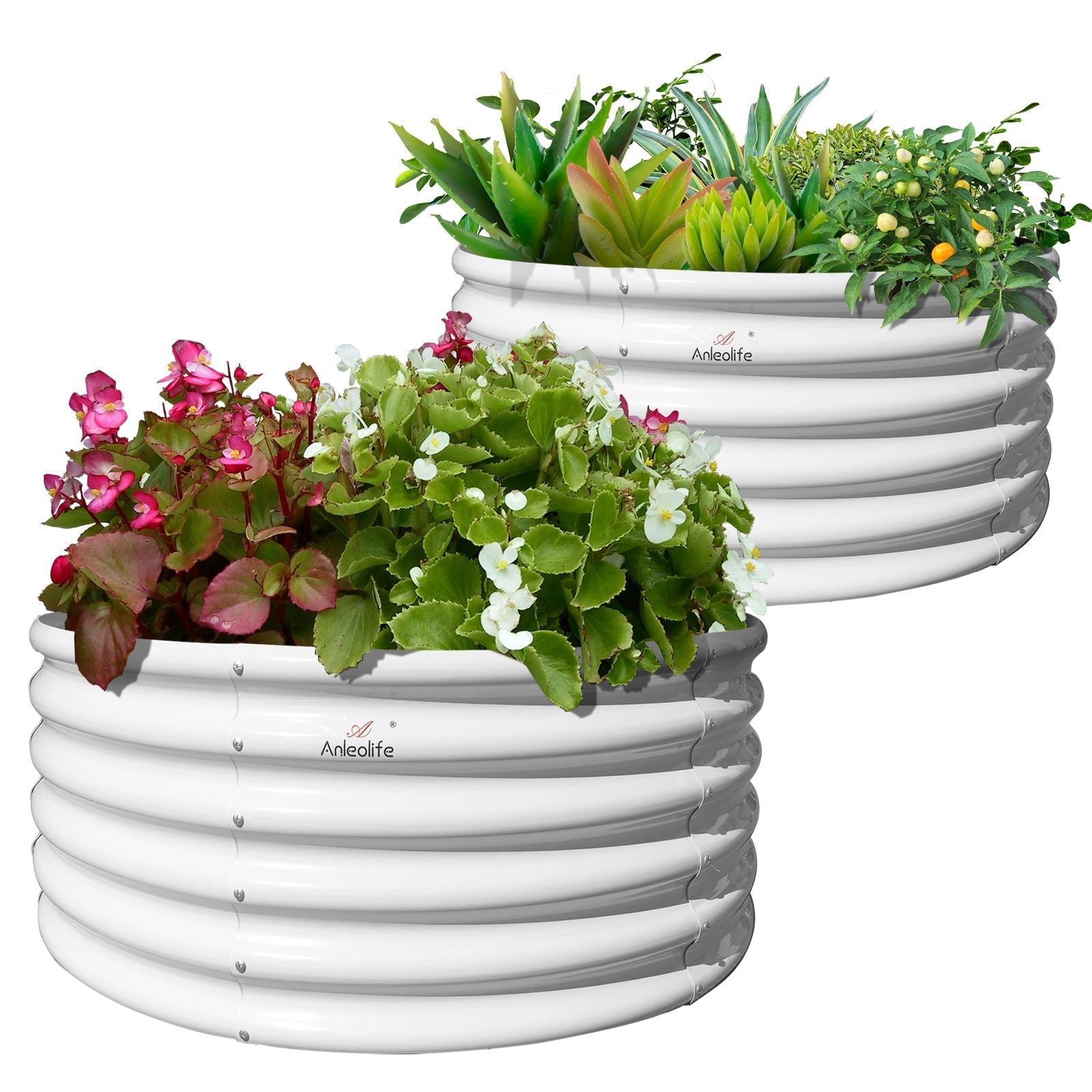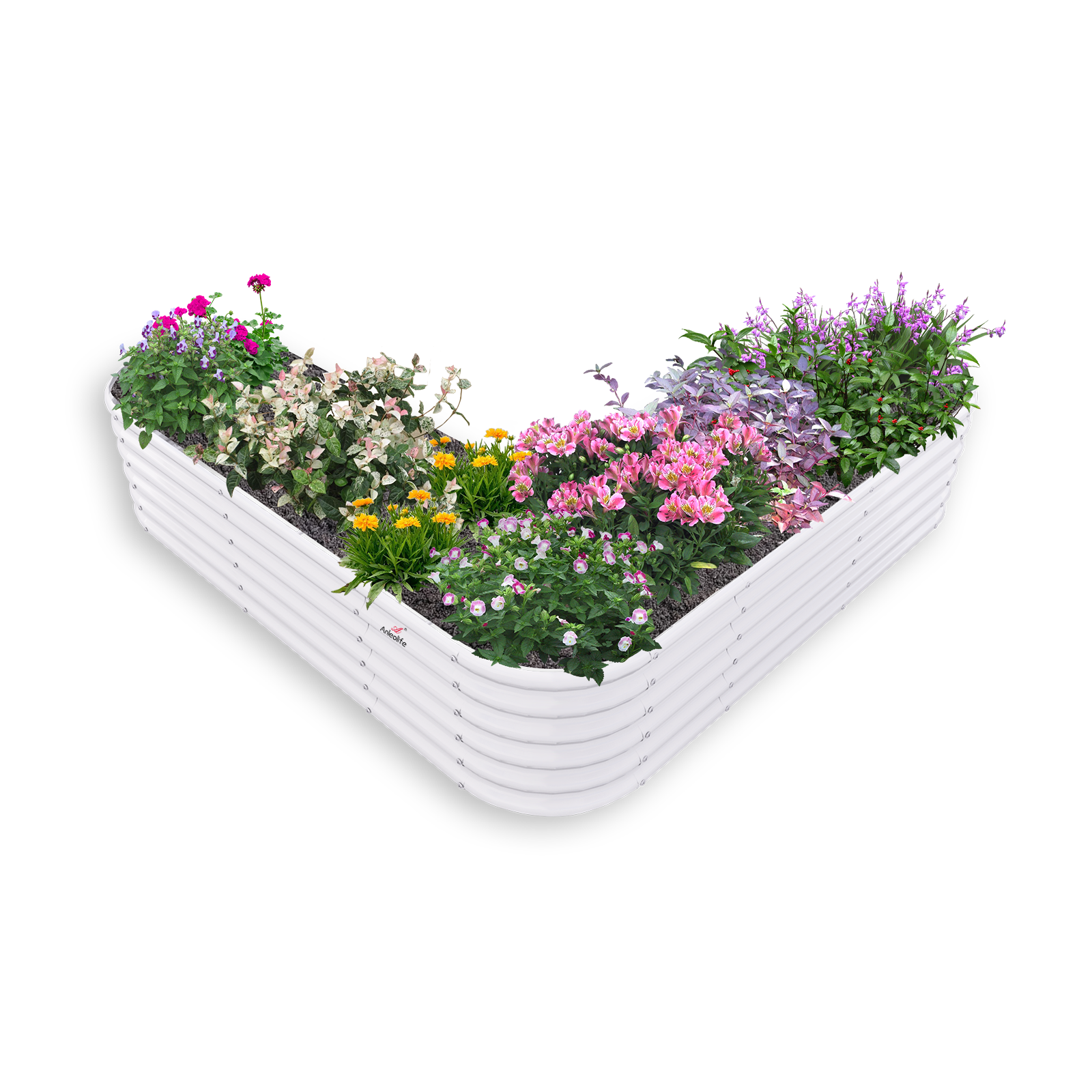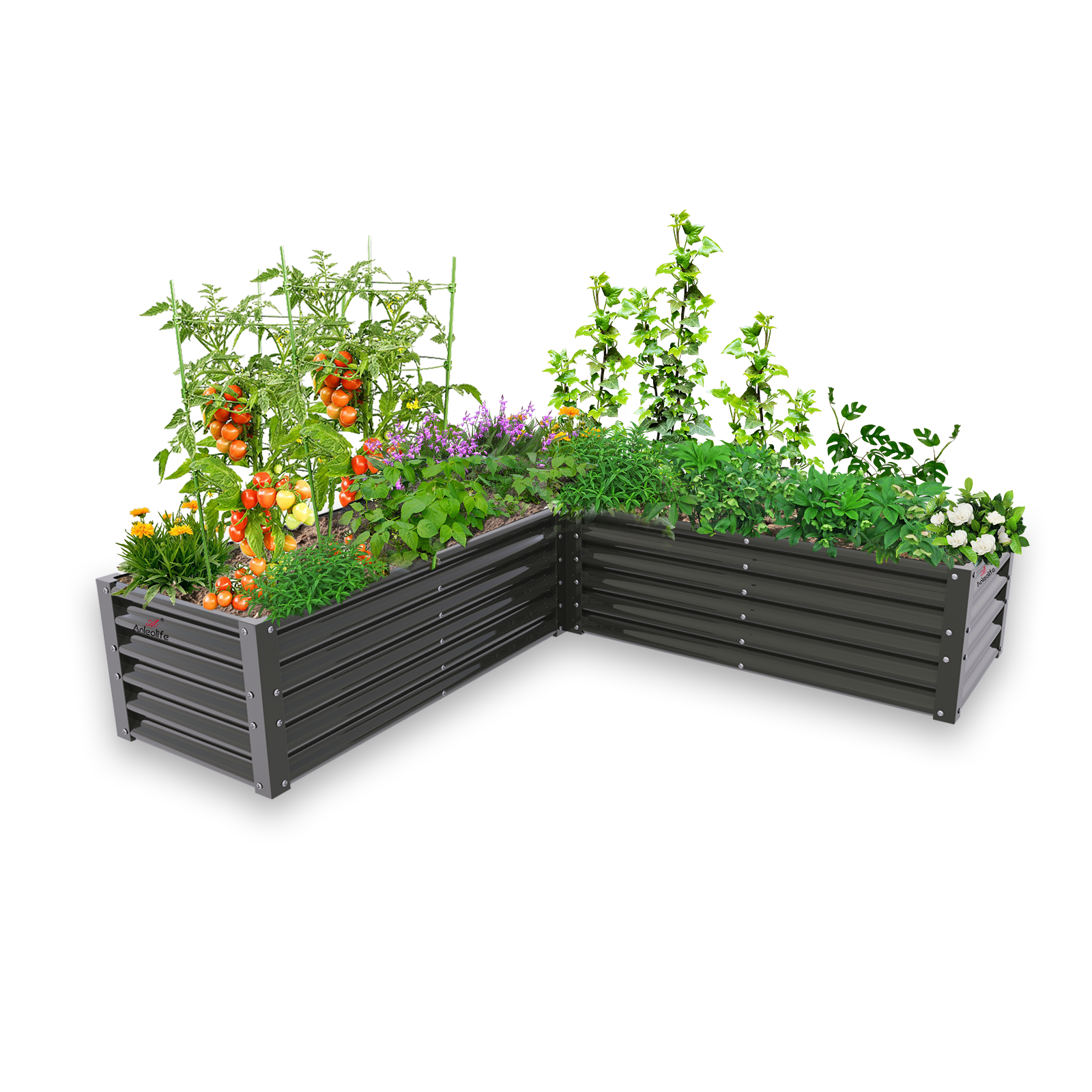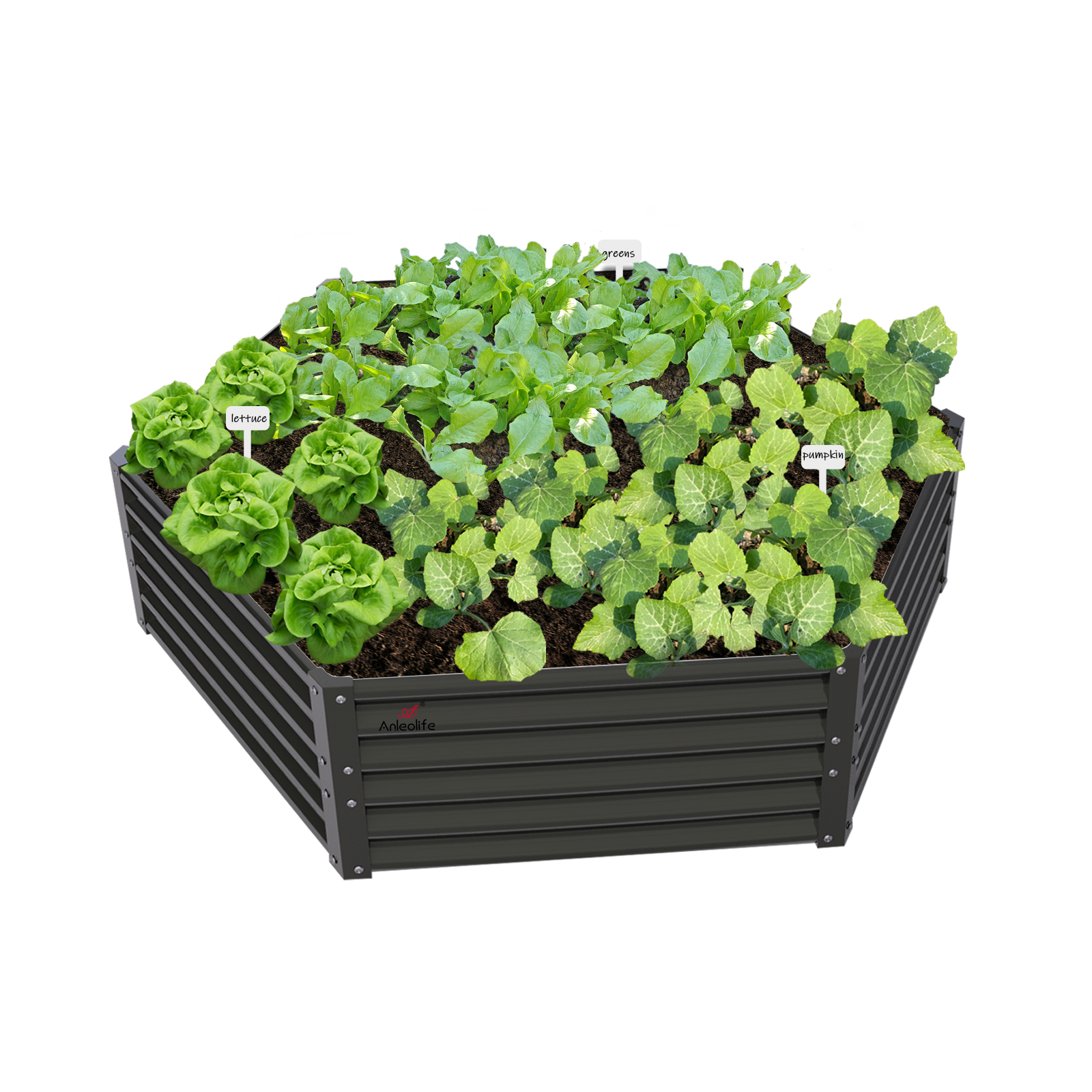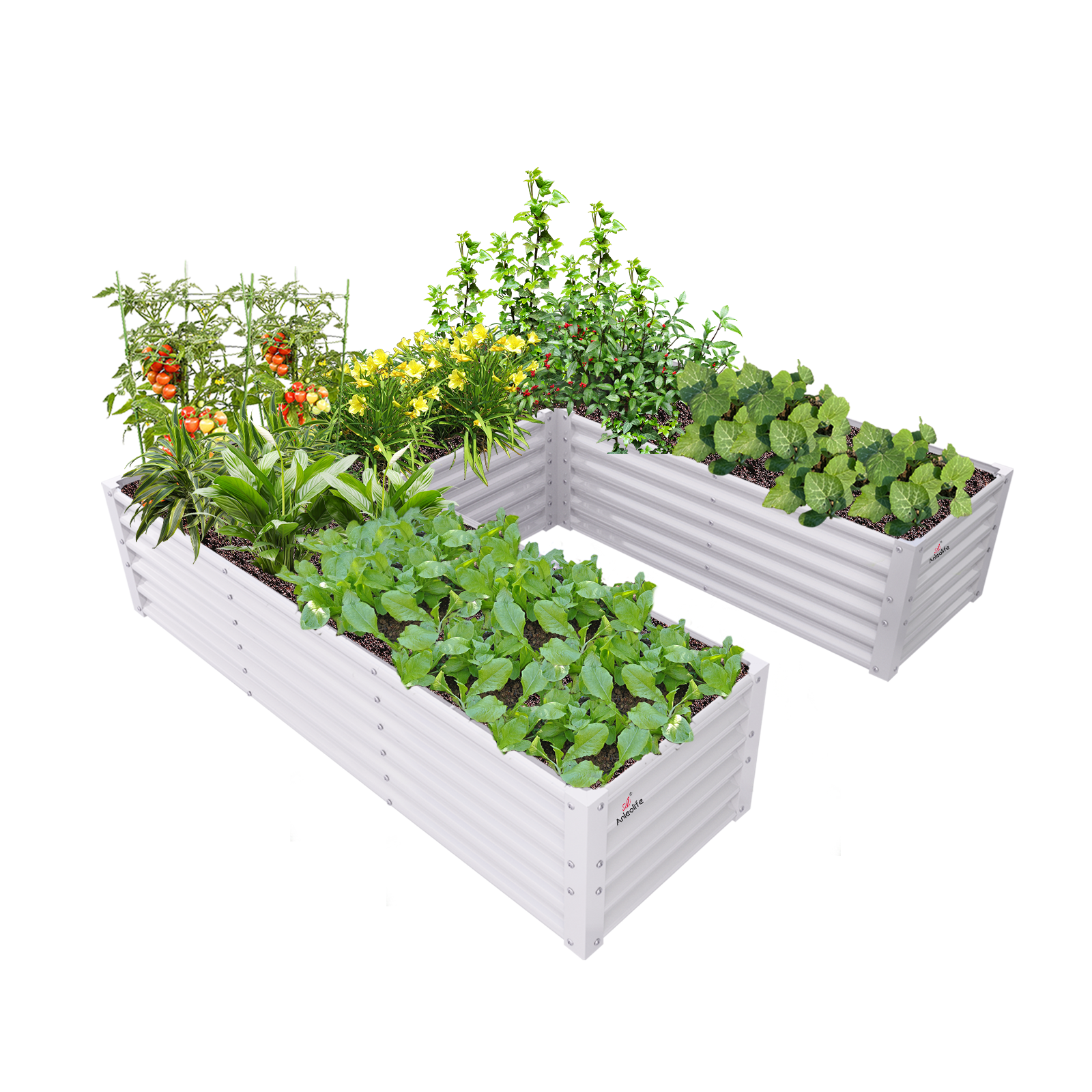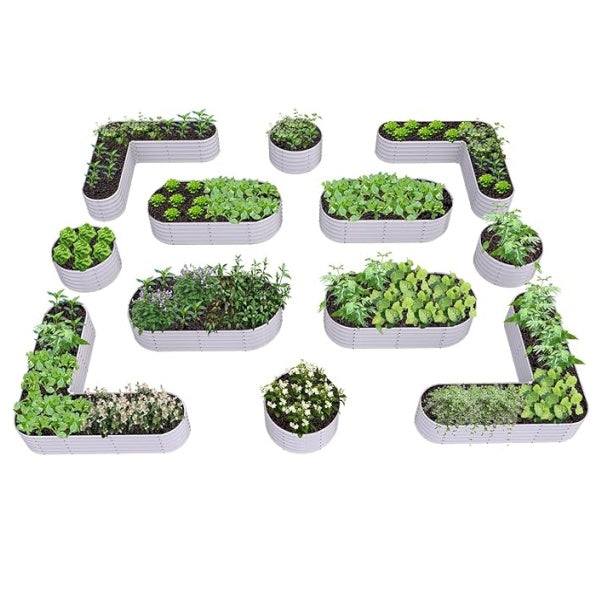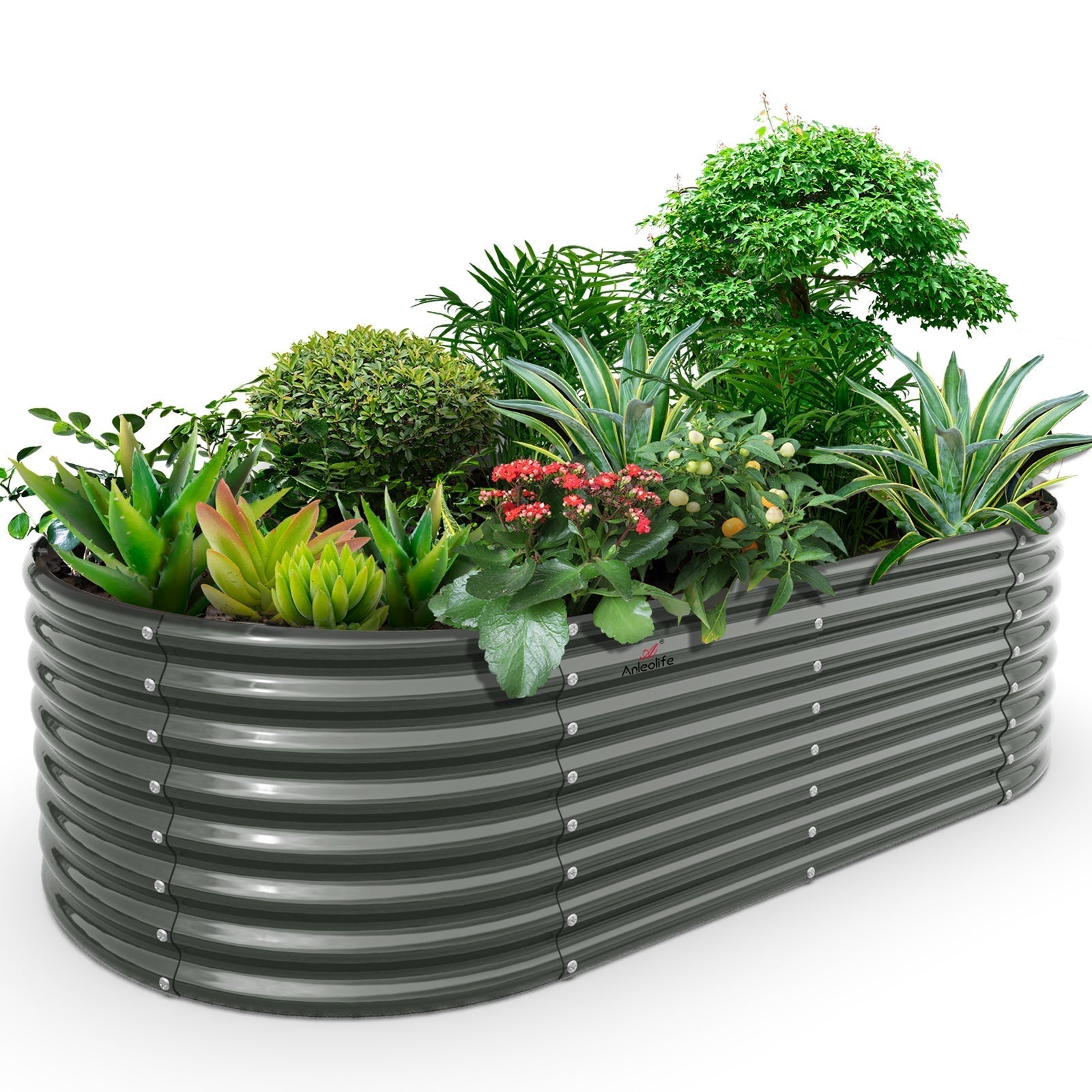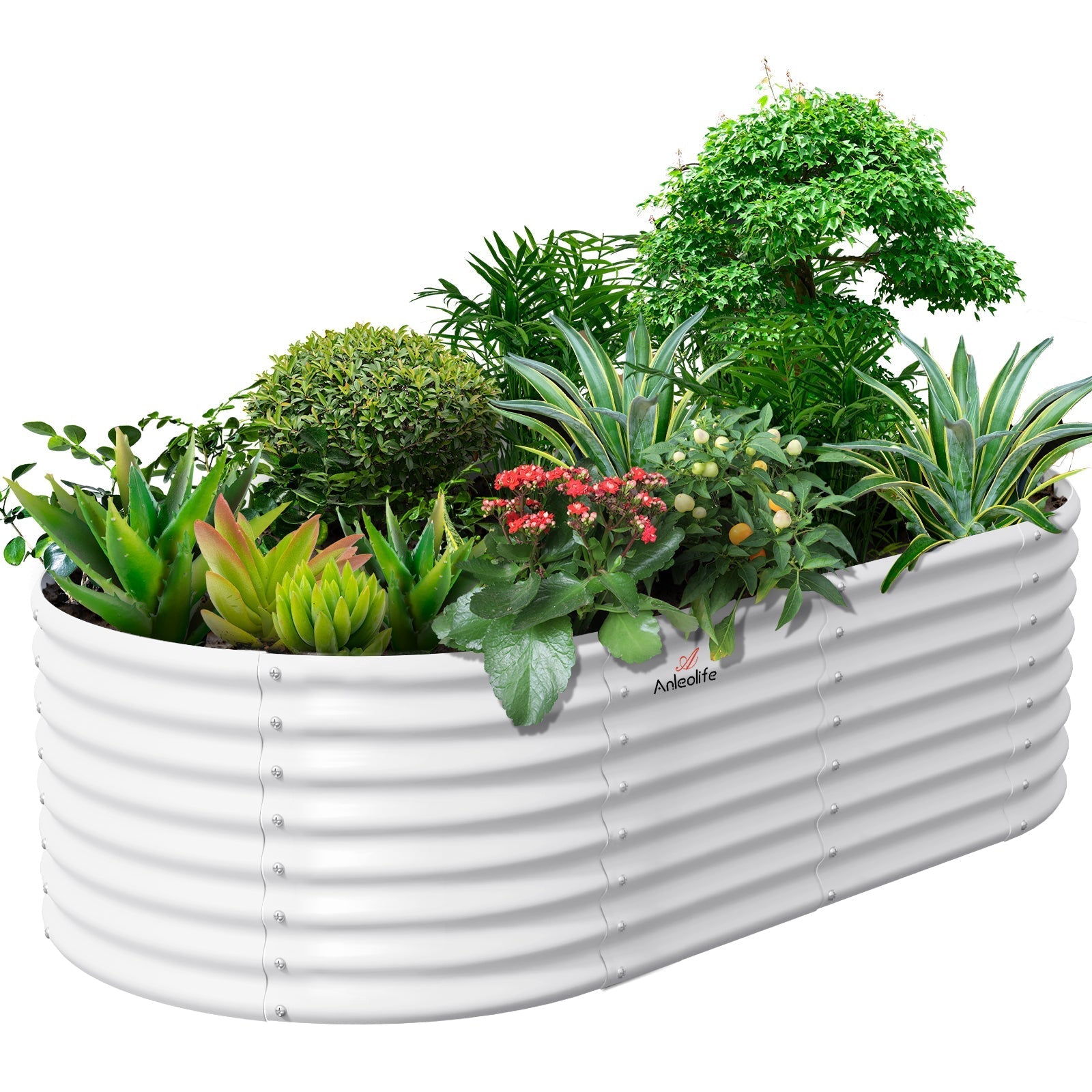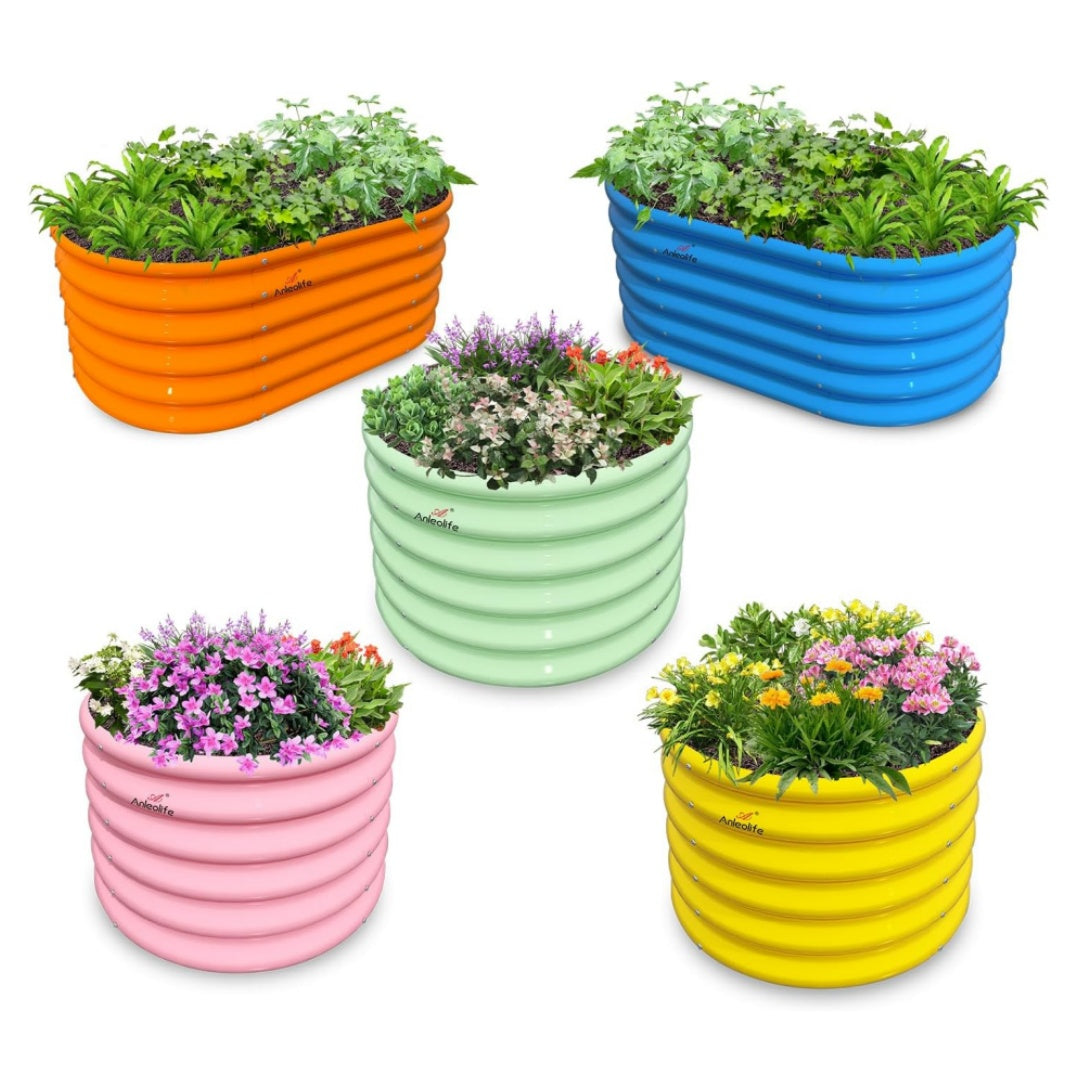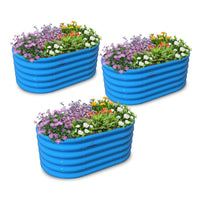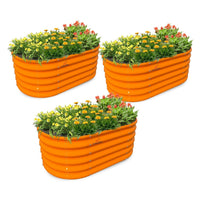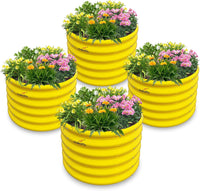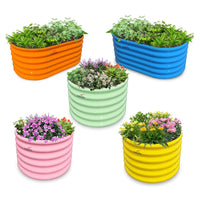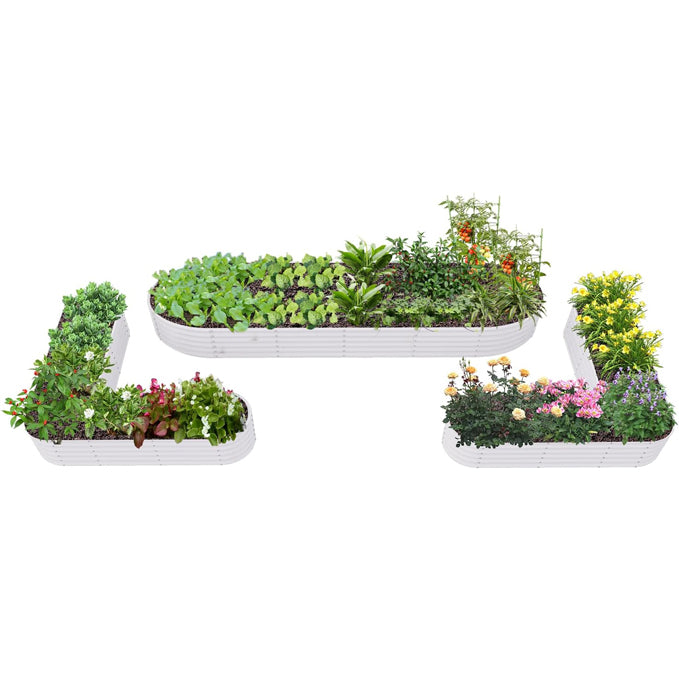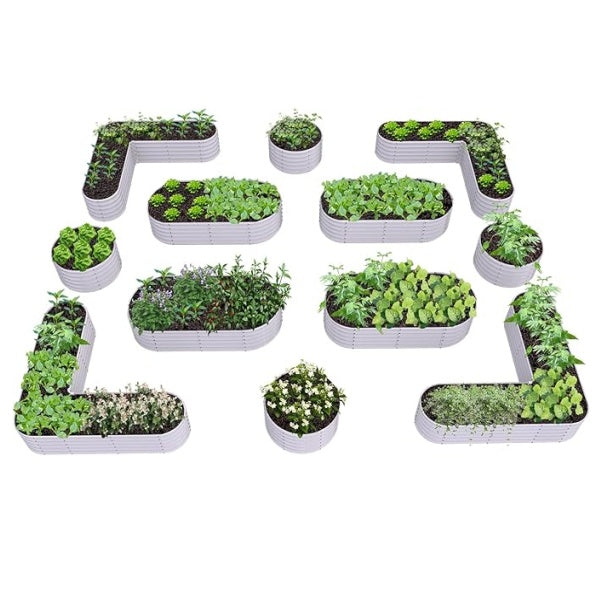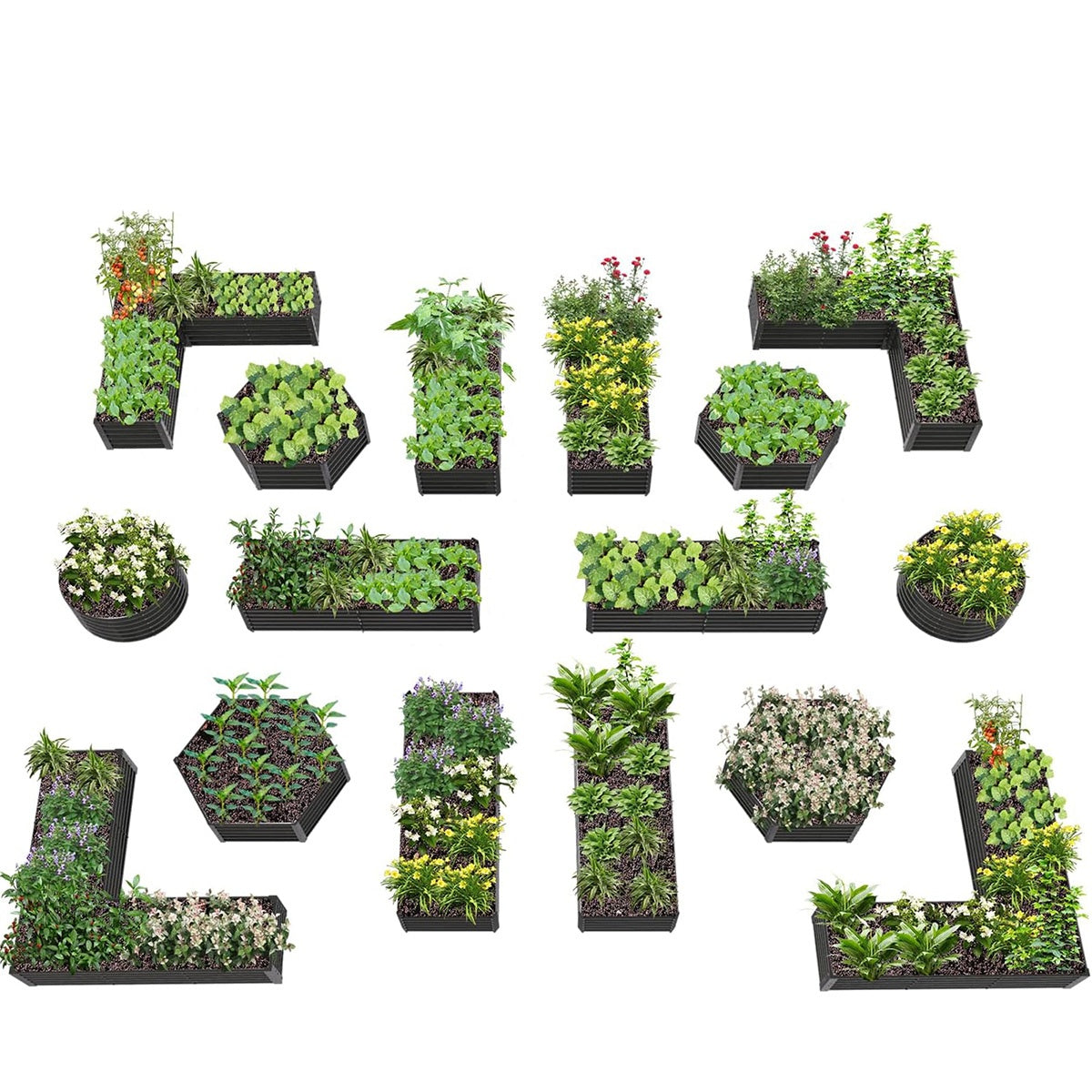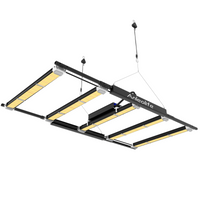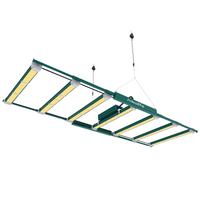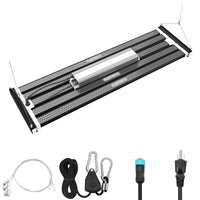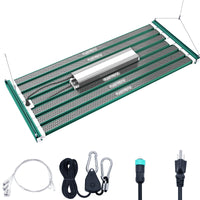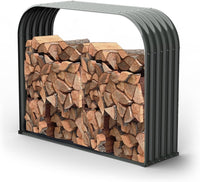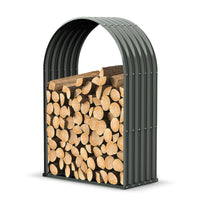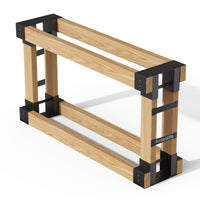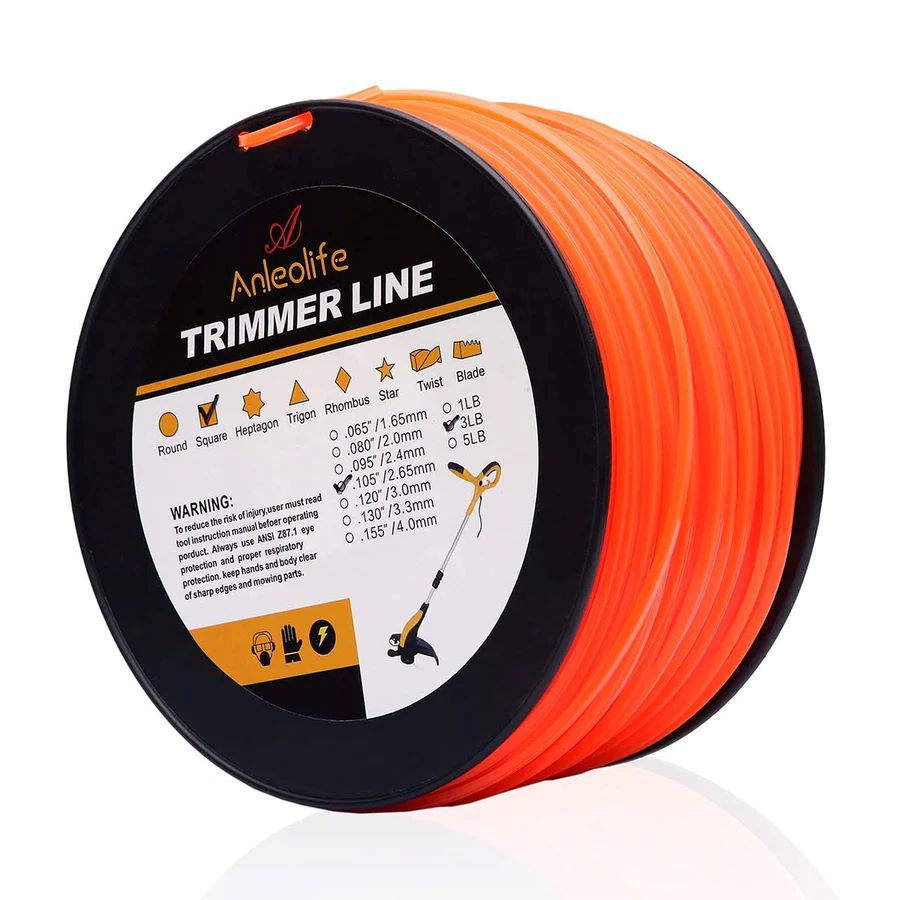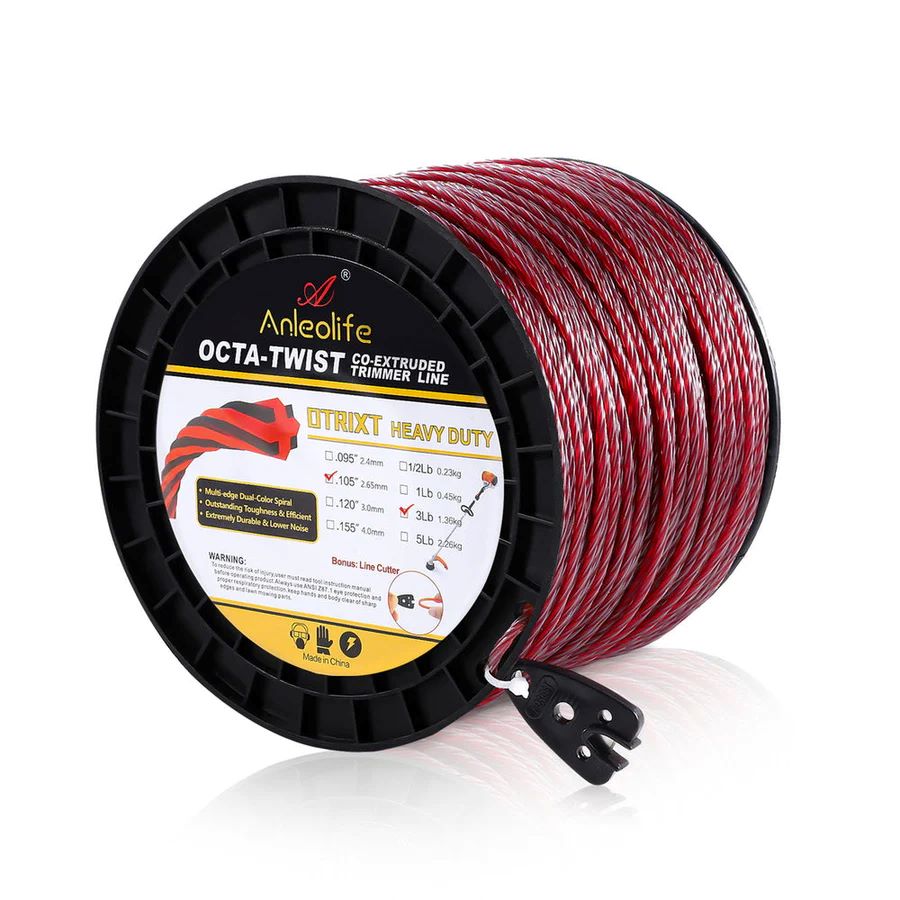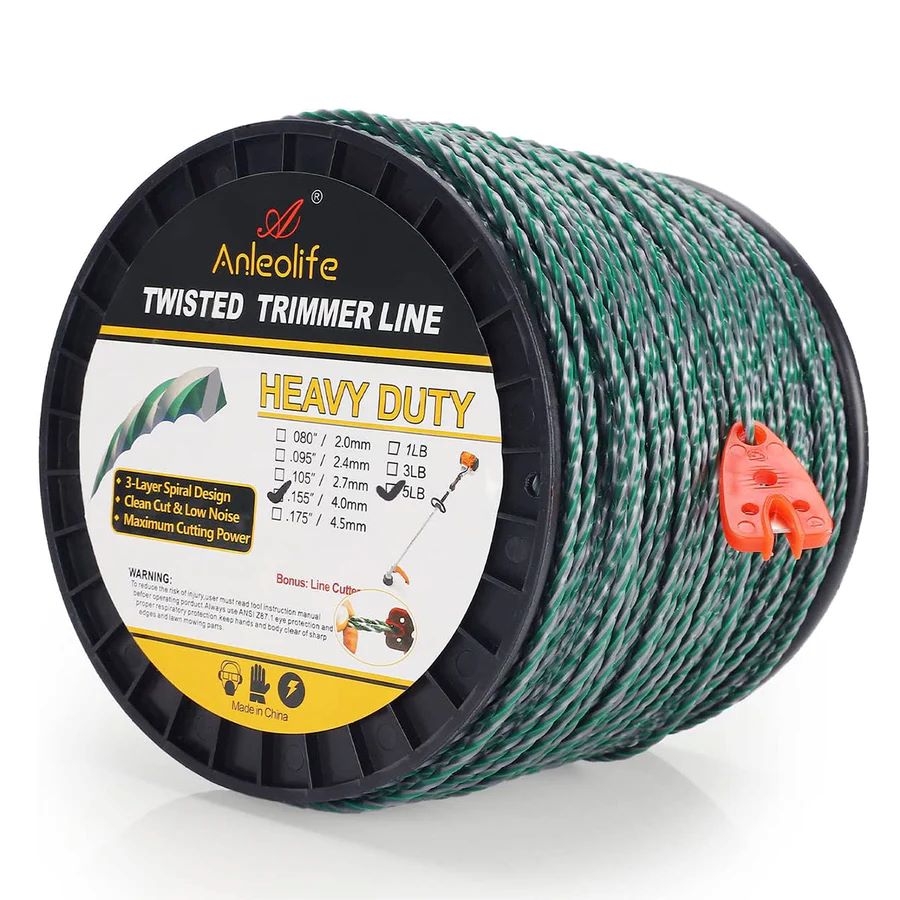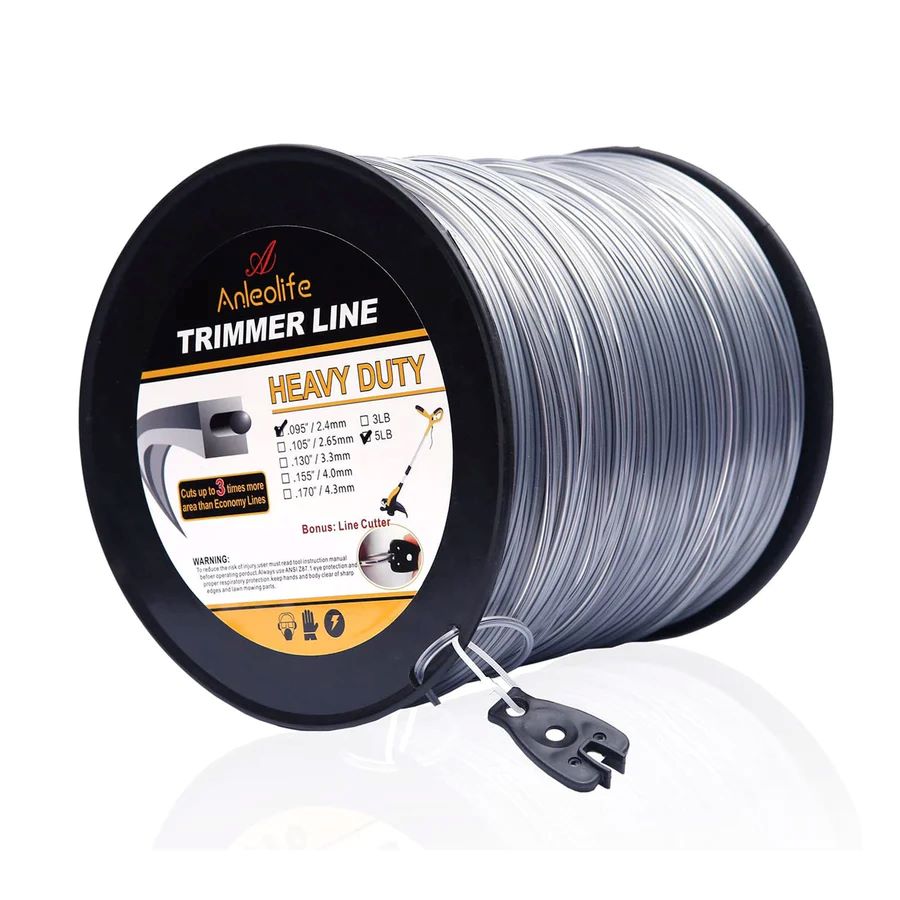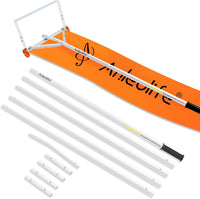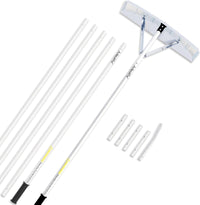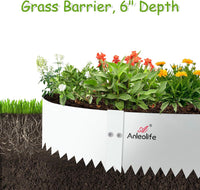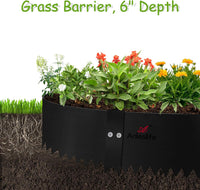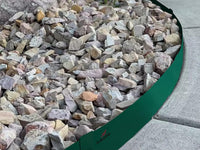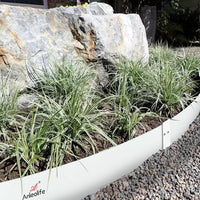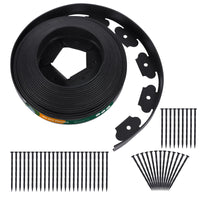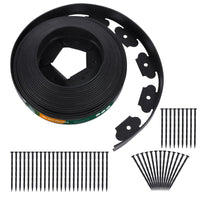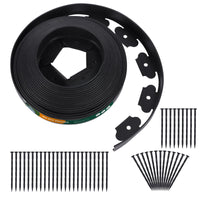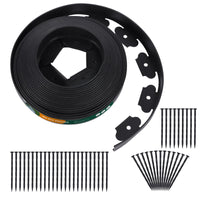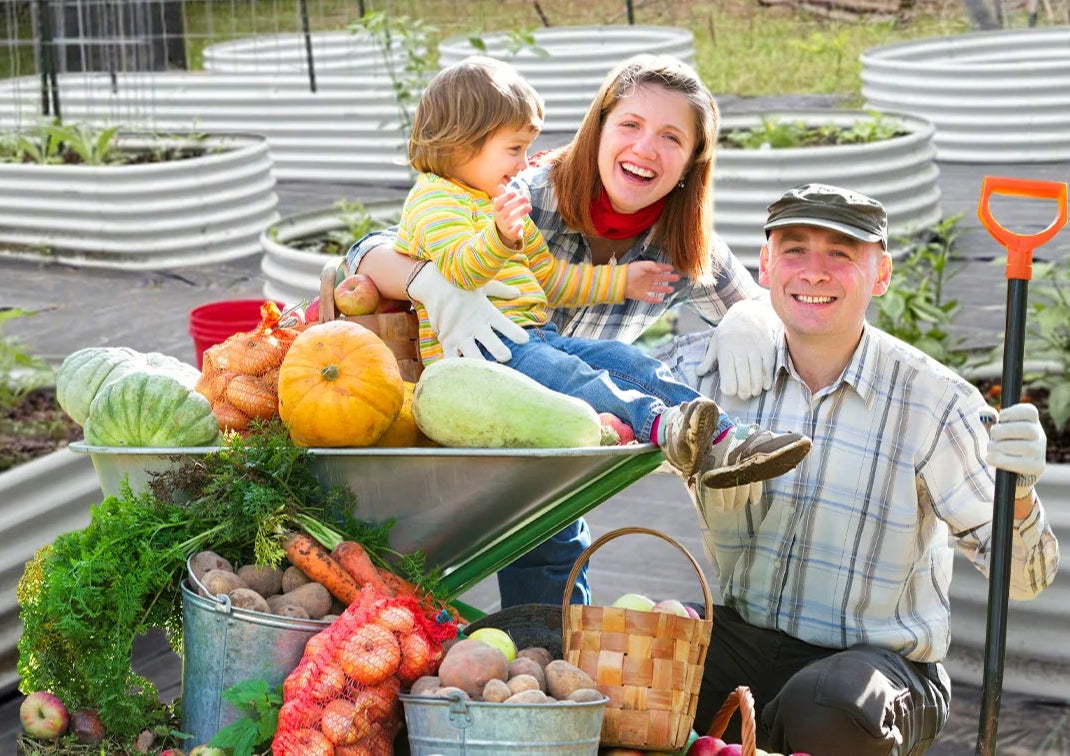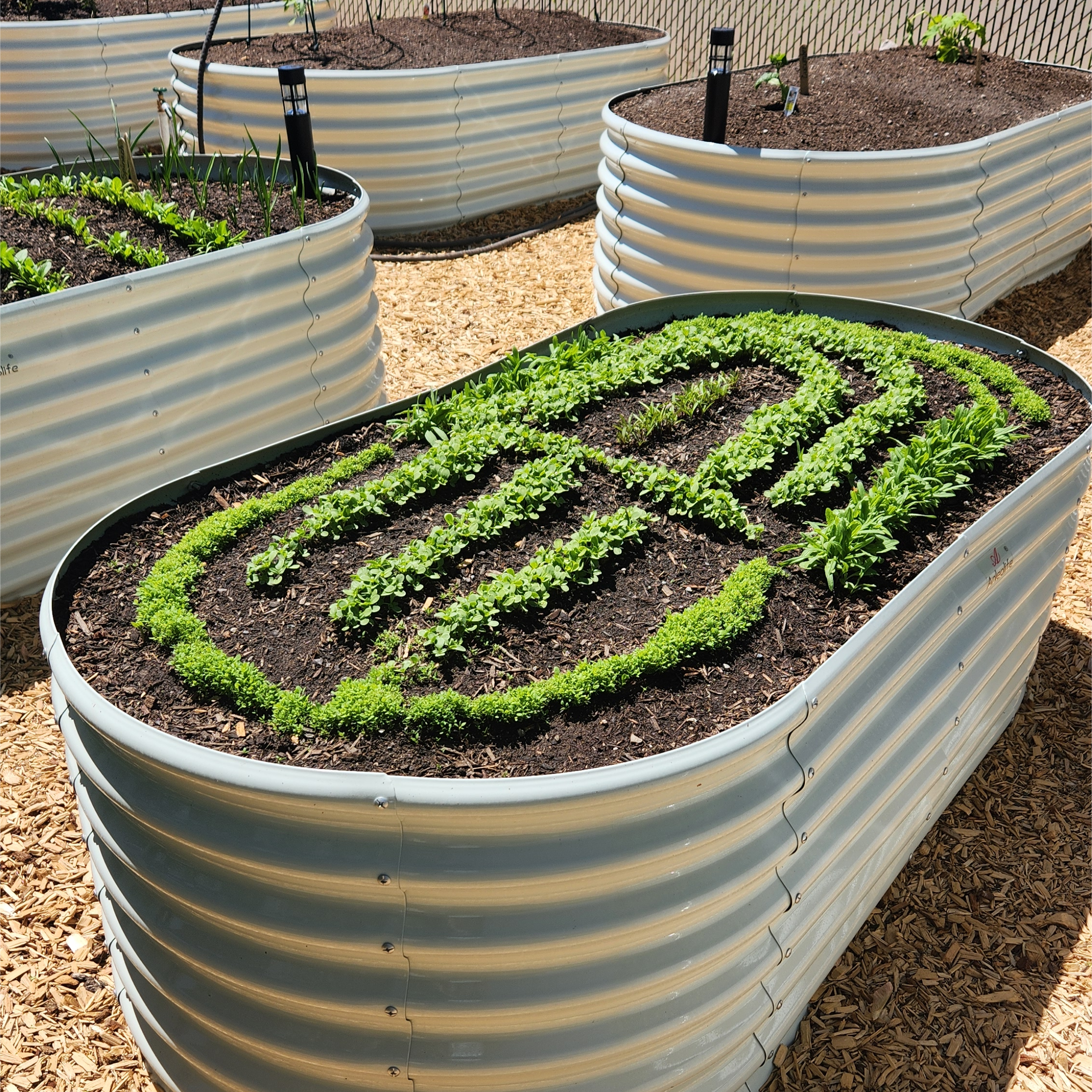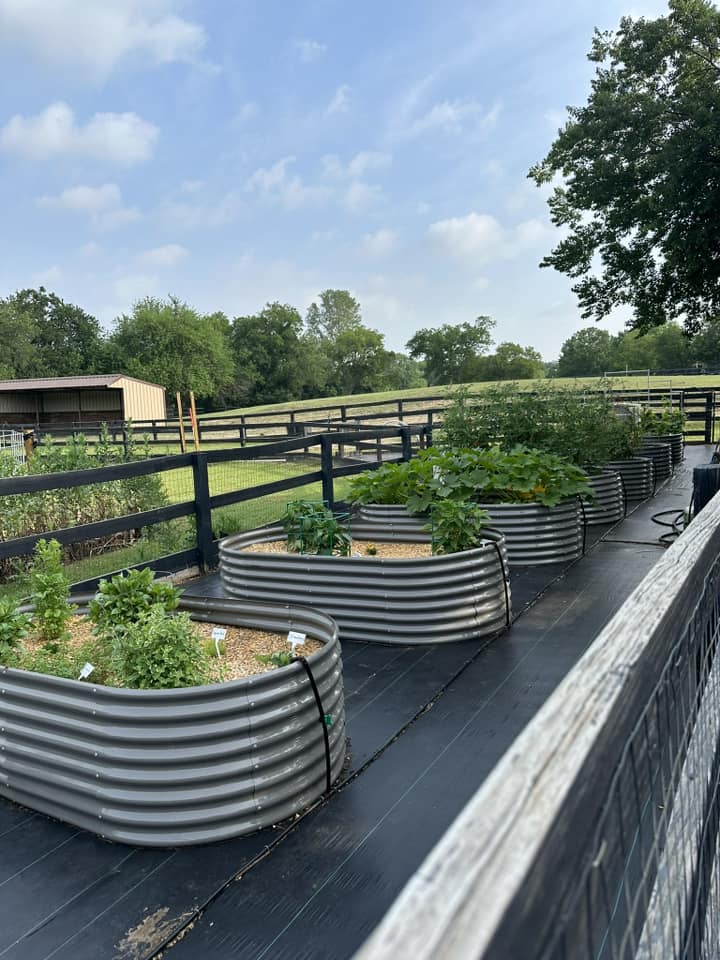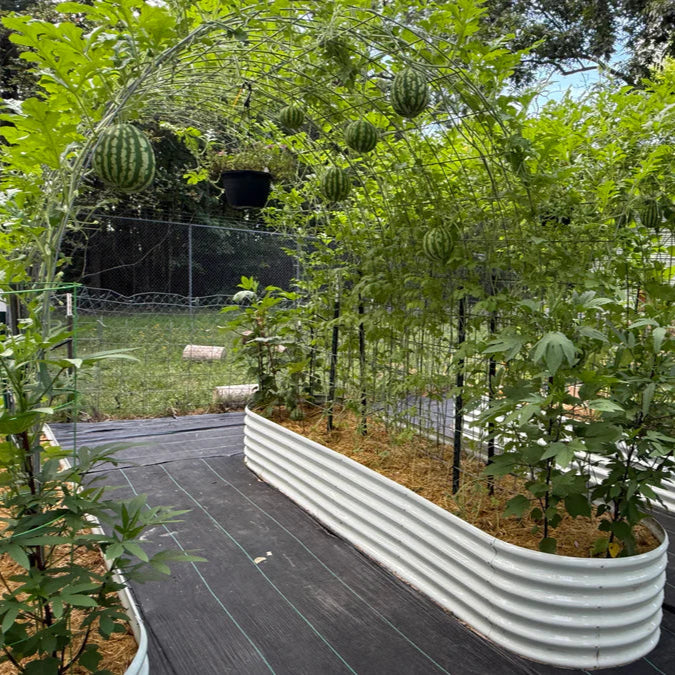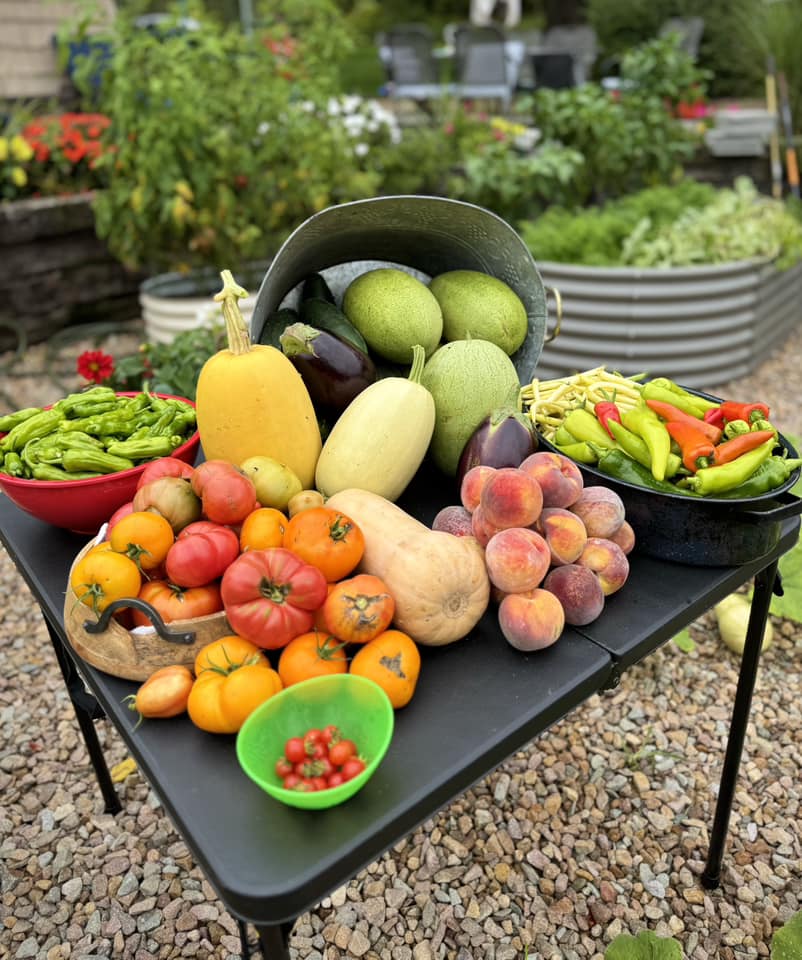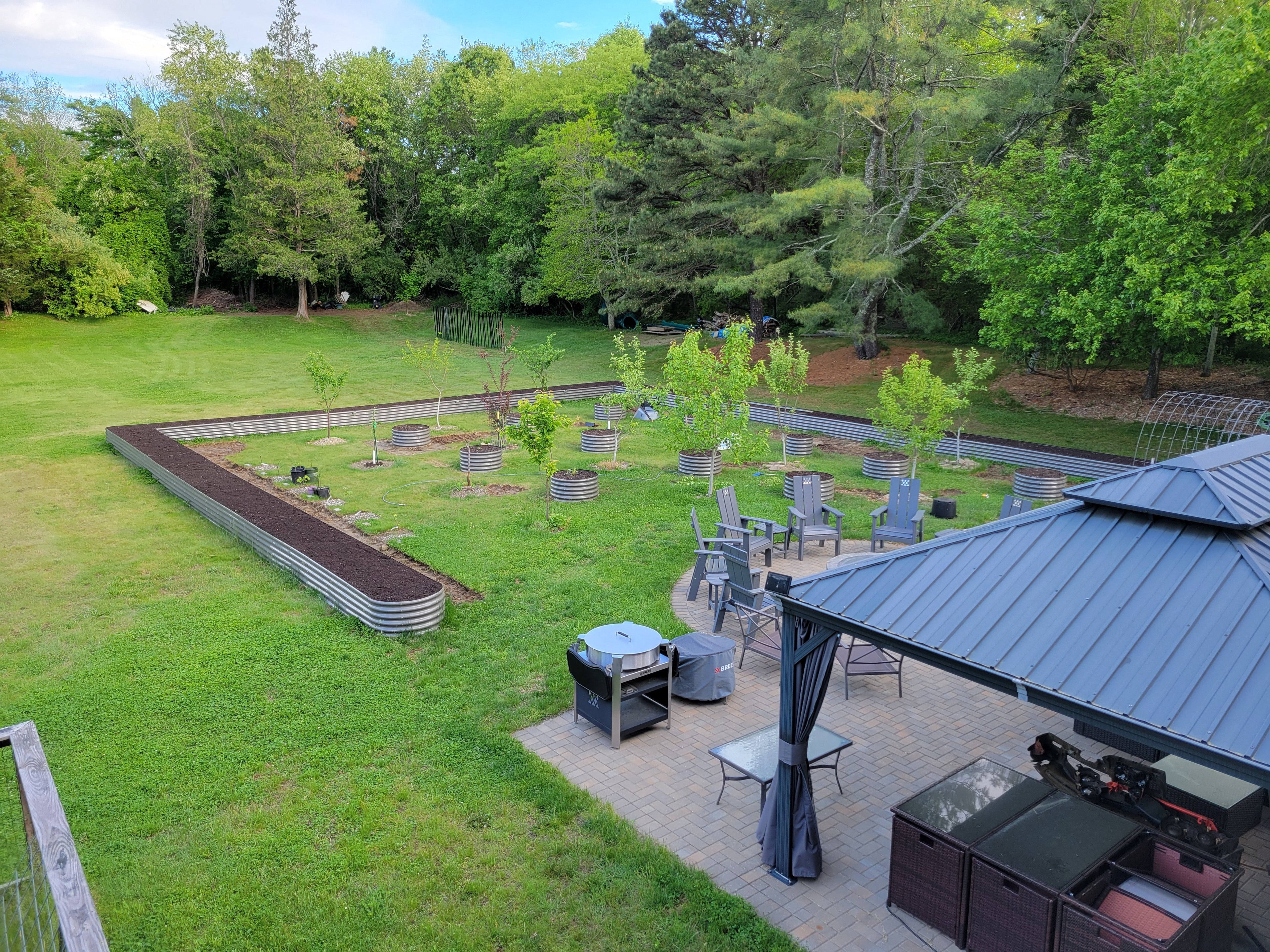Feature story about a home gardener who turned a small yard into a thriving raised bed oasis.

Autumn is a season of transformation. The air turns crisp, leaves paint themselves in shades of amber and gold, and gardens that once flourished under summer sun begin to shift into their final stages of growth. For many, this is a time to tidy up and prepare for the dormant months ahead. But for home gardener Clara Reynolds, autumn has always been a season of abundance—a time to witness the fruits of a year-long labor and to celebrate the journey from a modest backyard to a thriving raised garden bed oasis.
The Dream Begins

Clara’s backyard was never large—just a small patch behind her suburban home, bordered by a wooden fence and a narrow strip of grass. Yet, she saw potential where others saw limited space. After years of buying expensive grocery vegetables and watching them wilt too quickly, Clara wondered if there might be a better way. Could she grow her own fresh produce right at home, even with her tiny yard?
Inspired by community gardening workshops and online gardening forums, Clara decided to start small. She invested in three sturdy raised garden beds, each about four feet by eight feet, filled with rich, dark compost and nutrient-dense soil. The diy raised garden bed kits weren’t just a practical choice—they became her canvas, a way to organize, optimize, and maximize the potential of every square foot.
Planning for Success

Clara approached her backyard as both a gardener and a strategist. She began by mapping out her beds, planning crop rotations, and researching companion planting. Lettuce and spinach thrived next to aromatic herbs like basil and parsley. Tomatoes grew tall and strong, supported by trellises, while zucchini and peppers sprawled across the soil with impressive vigor.
She kept a detailed journal, noting planting dates, soil conditions, watering schedules, and the subtle shifts in sunlight across her yard. Autumn, Clara knew, would be the season to harvest the bounty of her careful planning—but it also required preparation and attention throughout the spring and summer months.
From Planting to Flourishing

By early summer, Clara’s raised beds were in full bloom. Morning sunlight hit the vibrant greens of her leafy vegetables, while reds and oranges from ripening peppers and tomatoes added splashes of color. Bees and butterflies flitted through the garden, drawn by the blossoms and fragrant herbs.
Neighbors often stopped by, curious about her miniature urban farm. Clara loved sharing tips, from composting kitchen scraps to the benefits of raised beds for soil drainage and pest management. “Raised garden beds make all the difference,” she would say. “The soil warms faster in spring, drains better, and I can grow more without worrying about weeds taking over.”
By mid-summer, Clara was harvesting almost daily. Crisp lettuce, sweet tomatoes, tender peppers, and fragrant herbs filled her baskets. She began sharing excess produce with friends and family, spreading the joy of homegrown food throughout the neighborhood.
Autumn’s Abundance

As September arrived, Clara’s backyard transformed into a symphony of color. Pumpkins began to swell at the edges of the beds, and the tomato vines were heavy with late-season fruit. Squash, carrots, and beets—all planted months earlier—were ready for picking. The raised beds, now fully established, had become a self-sustaining ecosystem where plants nourished the soil and each other, making every harvest richer than the last.
Clara’s autumn harvest wasn’t just about food—it was about connection. Friends came over for Sunday lunches, sampling fresh basil and arugula, while her children learned to identify different vegetables and how to care for them. Even simple activities like watering and trimming became family rituals, grounding everyone in the rhythms of nature.
Lessons Learned

Clara’s journey from a small, underutilized backyard to a lush raised bed oasis wasn’t without challenges. Pests occasionally invaded, heavy rains threatened soil erosion, and the summer sun sometimes scorched delicate seedlings. But each obstacle was a lesson: using row covers, planting companion crops to repel insects, and creating gentle irrigation systems were all solutions that improved her garden’s resilience.
She discovered that raised beds were more than just containers—they were tools of empowerment. They allowed her to optimize her small space, improve soil health, and extend the growing season. By elevating the soil, she reduced issues like compacted ground and poor drainage that can plague traditional in-ground gardens. In essence, metal raised garden beds transformed her backyard into a productive, manageable, and beautiful garden sanctuary.
More Than Just Food

Clara’s garden offered more than fresh produce—it became a sanctuary for mindfulness and creativity. The simple act of tending to her plants each morning brought her calm and focus. Observing the cycles of growth, from seedling to harvest, offered daily lessons in patience and perseverance. And in autumn, the visual reward of colorful fruits and vegetables spilling over her raised beds reminded her of the tangible results of consistent effort.
Beyond the personal satisfaction, Clara’s garden strengthened community ties. Neighbors exchanged tips, seeds, and recipes. Her backyard became a model, inspiring others to consider small-scale gardening and the potential of their own outdoor spaces.
Preparing for the Next Season

Autumn is also a time of preparation. Clara harvested the last of her crops and carefully composted plant debris to nourish the soil for the next year. Raised beds were topped with mulch to protect against frost, and she planned next year’s rotation to maintain soil fertility and reduce pests.
Her journey underscored a critical lesson: gardening is not a one-time project but an ongoing commitment. Each season builds on the last, and each harvest informs the next. By embracing this cycle, Clara ensured her backyard would remain productive year after year.
Inspiration for Home Gardeners
Clara’s story is proof that even a modest yard can be transformed into a thriving oasis with thoughtful planning, consistent care, and the right tools—like raised garden beds. For those looking to start their own home gardens this autumn, the key takeaways are:
1. Start small but plan strategically: Gardening in raised beds to maximize limited space and control soil quality.
2. Choose crops wisely: Companion planting and seasonal selections improve yield and resilience.
3. Observe and adapt: Keep a journal, monitor sunlight, and adjust care as needed.
4. Engage family and community: Gardening is richer when shared.
5. Celebrate the seasons: Each phase, from planting to harvest, offers lessons and rewards.
Autumn in Clara’s backyard is a reminder that with patience and dedication, small spaces can yield extraordinary results. Her raised bed oasis demonstrates that a backyard isn’t just a patch of grass—it can be a bountiful source of food, connection, and joy.
Inspired by Clara’s story? Grab a few raised garden beds, gather some compost, and start small. Whether it’s a handful of herbs or a full vegetable patch, each plant brings you closer to self-sufficiency and a backyard full of bounty. Share your progress with friends and neighbors, and watch as your autumn garden becomes a story worth telling.


